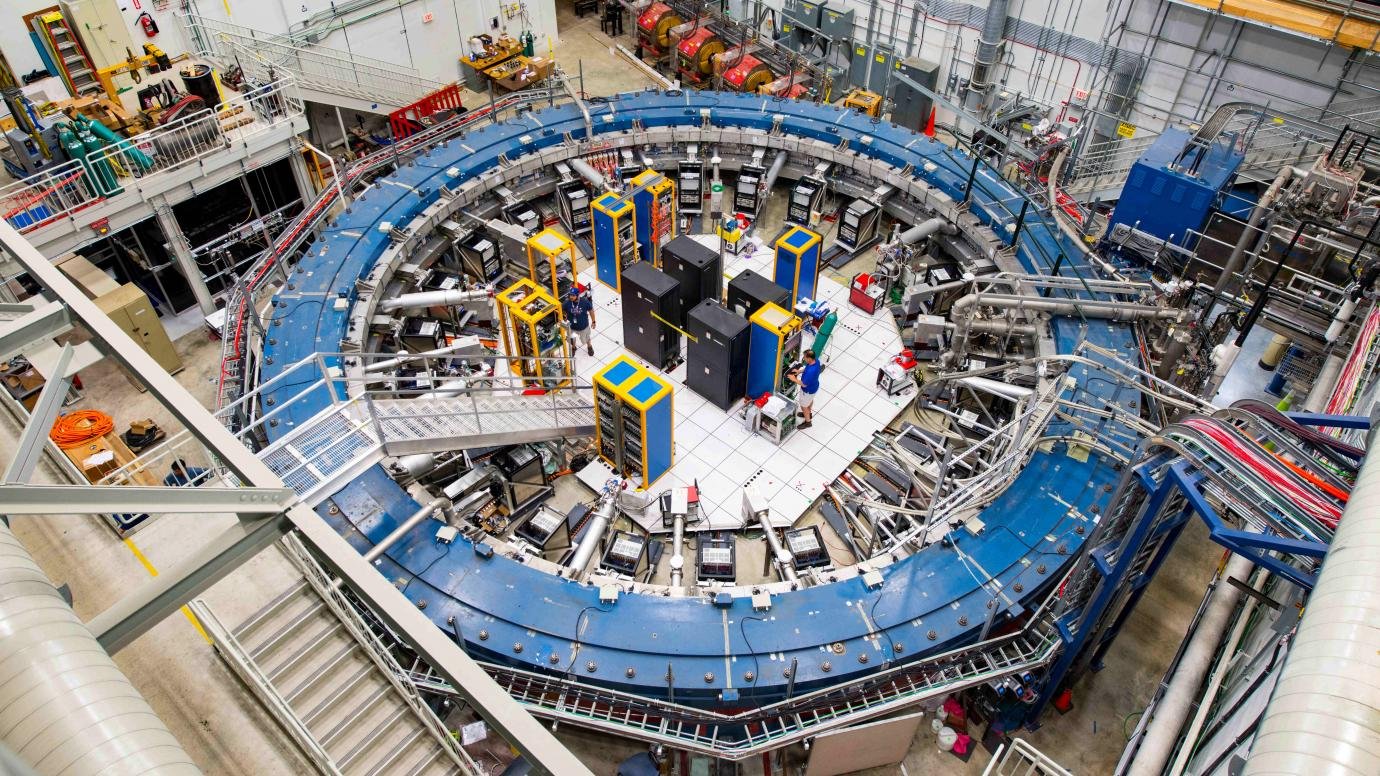The four fundamental forces of nature are gravity, the two nuclear forces, electricity and magnetism (electromagnetism), and their interactions.

A new force of nature may be closer to being discovered, according to scientists in the Chicago area. More proof has been discovered that the muons, which are subatomic particles, do not behave as the present theory of subatomic physics would have them.
The muons may be subject to an unknown force, according to scientists. It will need more information to corroborate these findings, but if they are accurate, it might start a revolution in physics.
There are just four types of forces that affect humans on a daily basis: gravity, electromagnetism, the strong force, and the weak force. All interactions between things and particles in the universe are governed by these four basic forces.
The research was conducted at Fermilab, a particle accelerator facility in the United States. They expand on findings made public in 2021, which were the first to raise the prospect of a fifth force of nature.
According to Dr. Brendan Casey, a senior scientist at Fermilab, the study team has now acquired more data and decreased the uncertainty of their observations by a factor of two.
“We’re actually exploring uncharted ground. The precision with which we are determining the metrics is unparalleled.
Researchers accelerate the subatomic particles known as muons around a 15 m-diameter ring in an experiment with the snappy moniker “g minus two (g-2),” where they are cycled around 1,000 times at almost the speed of light.
The scientists discovered that they may be acting in a manner that is inconsistent with the Standard Model, the prevailing hypothesis, as a result of the impact of an additional force of nature.
Despite the strength of the evidence, the Fermilab team does not yet have concrete proof.
They had hoped to have it by now, but because of advances in theoretical physics, there are now more doubts about how much muons should wobble in accordance with the standard model.
In essence, the experimental physicists’ goal posts have been changed.
America’s top particle physics facility, Fermilab, is situated on a 2,700-hectare location close to Chicago.
The researchers are certain that they will have the necessary data and that, after two years, the theoretical uncertainty will have decreased enough for them to achieve their objective. However, a competing team at Europe’s Large Hadron Collider (LHC) is striving to arrive first.
One of the hundreds of scientists at the LHC looking for holes in the Standard Model is Dr. Mitesh Patel from Imperial College London. According to him, one of the greatest advances in physics would come from the first individuals to discover experimental data that contradict the mainstream model, as reported by BBC News.
The holy grail of particle physics is measuring behavior that deviates from the predictions of the Standard Model. Because the model has withstood all experimental testing for more than 50 years, it would serve as the catalyst for a revolution in our knowledge.”
According to Fermilab, its next discoveries will represent “the ultimate showdown” between theory and experiment and might reveal brand-new particles or forces.
Atoms, which are created from even smaller particles, make up every element of the world around us. The four fundamental forces of nature are gravity, the two nuclear forces, electricity and magnetism (electromagnetism), and their interactions.
The conventional model predicts their behavior, and for fifty years, it has done so accurately and without any mistakes.
However, muons are nearly 200 times more heavy than electrons, which circle atoms and produce electrical currents.
They were forced to sway during the experiment using strong, superconducting magnets.
A quicker rate of galaxy separation than predicted by the Standard Model is seen.
The results showed that the muons wobbled faster than the traditional model would have anticipated. Prof. Graziano Venanzoni of Liverpool University, one of the project’s foremost specialists, told BBC News that this may be caused by an unnamed new force.
“We think there may be another factor at work—one we are not currently aware of. We call it the “fifth force,” which is a unique term.
The fact that it exposes something fresh about the nature of the cosmos should make it relevant even though it is something new and different that we are ignorant of.
The presence of a fifth force and its accompanying particles has been a key scientific finding in the past century since Einstein’s theories of relativity. Researchers acknowledge “physics beyond the Standard Model” since this force cannot be explained by the Standard Model of particle physics, which does not include it. Dark energy-driven galaxy separation after the Big Bang, as opposed to the expansion slowing down, is one example of this.
The presence of a fifth force and its accompanying particles has been a key scientific finding in the past century since Einstein’s theories of relativity.
Researchers acknowledge “physics beyond the Standard Model” since this force cannot be explained by the Standard Model of particle physics, which does not include it. Dark energy-driven galaxy separation after the Big Bang, as opposed to the expansion slowing down, is one example of this.
In accordance with our knowledge of the amount of stuff contained within them, galaxies are also spinning more quickly than they should.